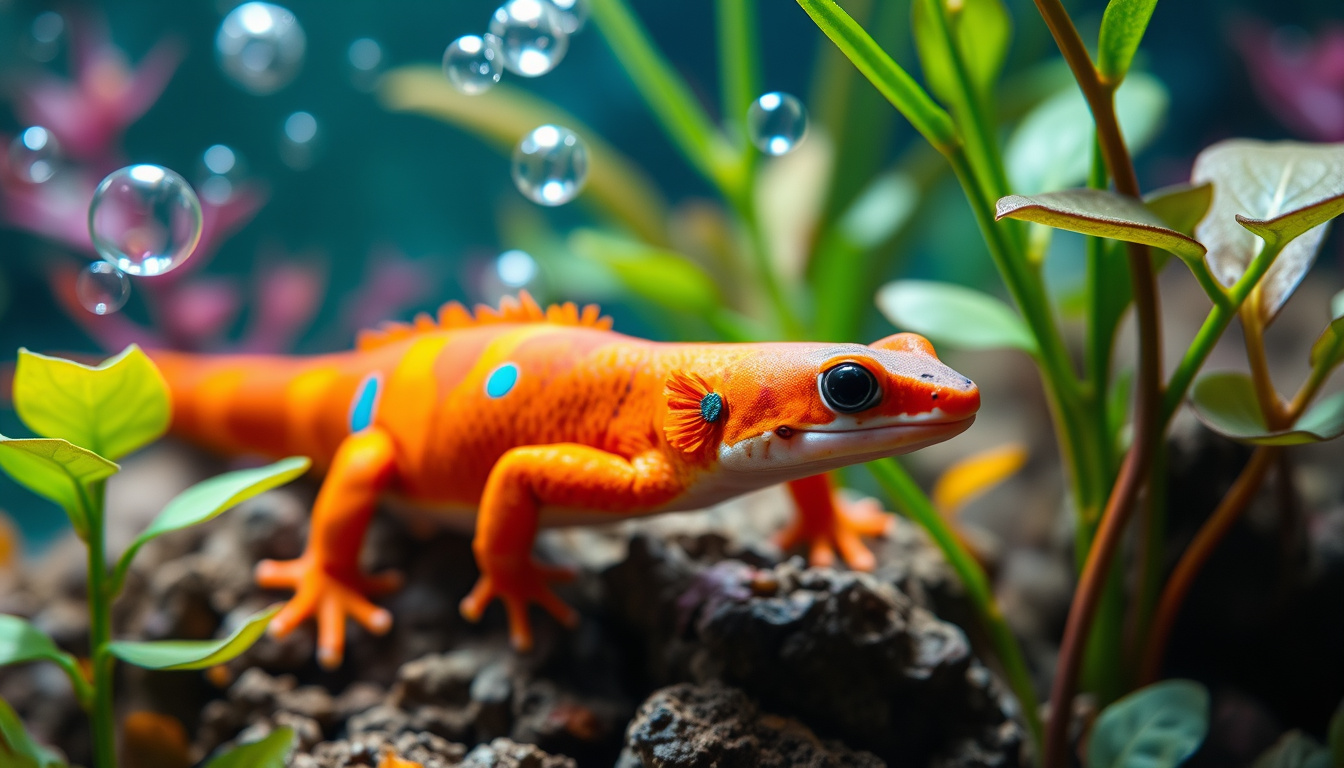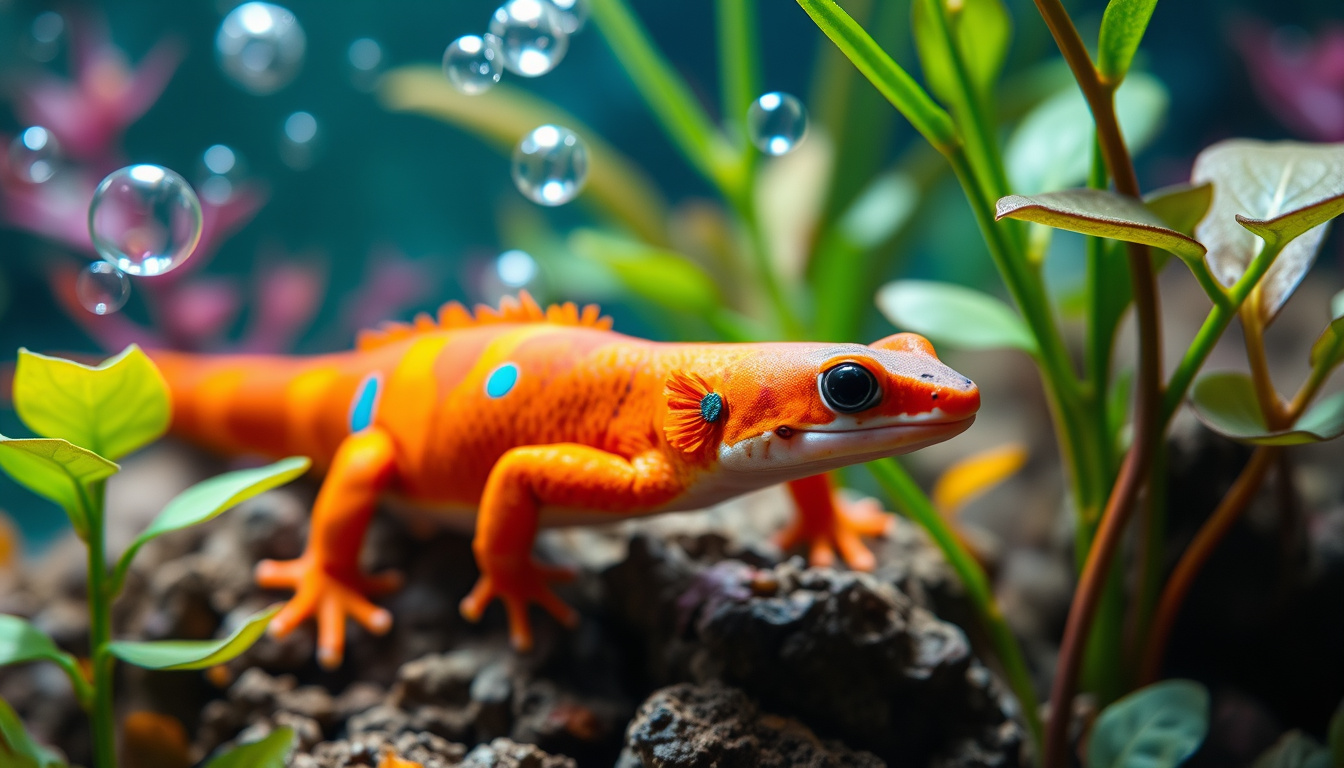Welcome to the incredible world of the Mexican salamander, scientifically known as Ambystoma mexicanum, but commonly referred to as the axolotl.
This remarkable creature has captured the hearts and minds of scientists and nature enthusiasts alike due to its extraordinary regenerative abilities and unique characteristics.
Native to the ancient waters of Mexico, the Mexican salamander is not just a curious pet; it plays a significant role in our ecosystem and serves as a vital subject for scientific research.
In this article, we will explore its habitat, anatomy, incredible regenerative powers, and the efforts being made to conserve this unique species.


Regenerative Abilities Explained
The Mexican salamander, also known as the axolotl, is one of nature’s most fascinating creatures, particularly renowned for its remarkable regenerative abilities.
Unlike many other species, the Mexican salamander can regenerate not just its limbs, but also vital organs and even parts of its heart and brain.
This incredible skill is largely due to a unique set of genes that allow its cells to regrow and differentiate into various tissue types, an ability scientists are eagerly studying to unlock secrets that could revolutionize medicine.
Imagine being able to heal a broken bone by simply allowing your body to re-create it – that’s the superpower of the Mexican salamander!
By exploring these amazing regenerative properties, researchers hope to develop therapies that could help humans recover from injuries or diseases that currently have limited treatment options.
Threats and Conservation Efforts
The Mexican salamander, also known as the axolotl, is an extraordinary amphibian native to the lakes of Mexico City, famous for its unique ability to regenerate lost body parts.
However, this fascinating creature is facing numerous threats that jeopardize its survival.
Urban development, pollution, and the introduction of invasive species have drastically reduced its natural habitat.
Additionally, the Mexican salamander is often sought after in the pet trade, which further endangers its population.
In response, various conservation efforts are underway to protect these remarkable animals.
Organizations are working to restore their habitats and improve water quality in their native lakes while also creating awareness about their ecological importance.
By supporting these efforts, young people can play a crucial role in ensuring that future generations get to marvel at the unique qualities of the Mexican salamander.
Frequently Asked Questions
What is the Mexican salamander?
The Mexican salamander, also known as the axolotl, is a unique amphibian that is famous for its remarkable regenerative abilities and neotenic characteristics, meaning it retains juvenile features throughout its life.
Where can I find Mexican salamanders in the wild?
Mexican salamanders are primarily found in the lake complex of Xochimilco near Mexico City.
They inhabit freshwater lakes and canals, thriving in areas with plenty of vegetation.
What are the unique features of the Mexican salamander?
Mexican salamanders have external gills, a wide head, and a flattened body.
Their most fascinating feature is their ability to regenerate lost body parts, including limbs, tails, and even parts of their heart and brain.
What are the main threats to Mexican salamanders?
The primary threats to Mexican salamanders include habitat loss due to urbanization, pollution of their aquatic environment, and the introduction of invasive species.
These factors have led to a significant decline in their wild populations.
How are conservation efforts aimed at protecting Mexican salamanders?
Conservation efforts involve habitat restoration, regulation of water quality in their native lakes, and breeding programs in captivity to bolster their population.
Education and awareness campaigns also help promote the protection of this species.

